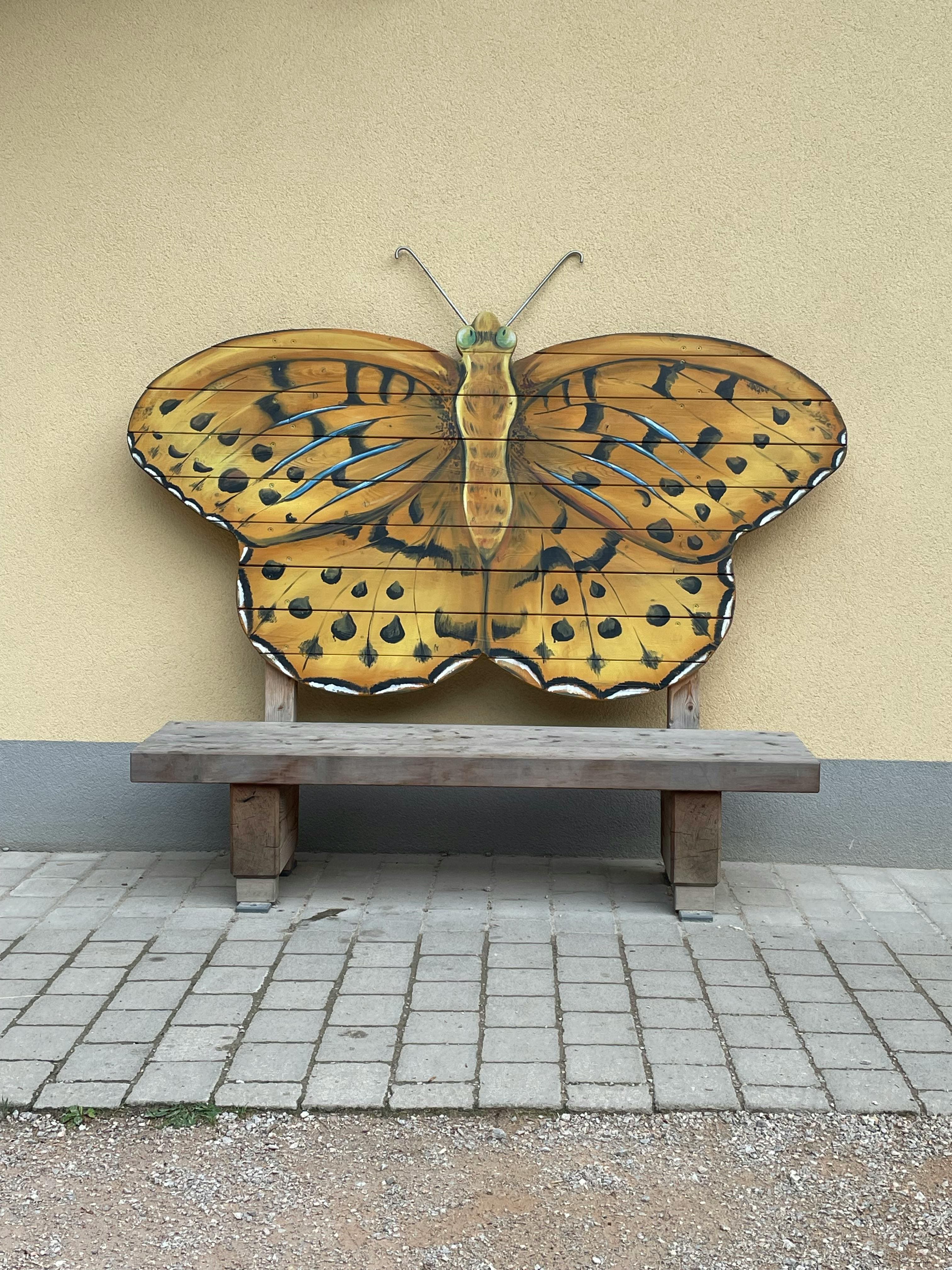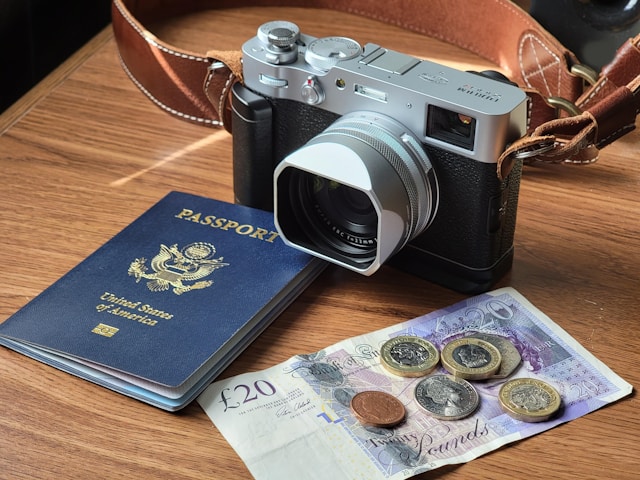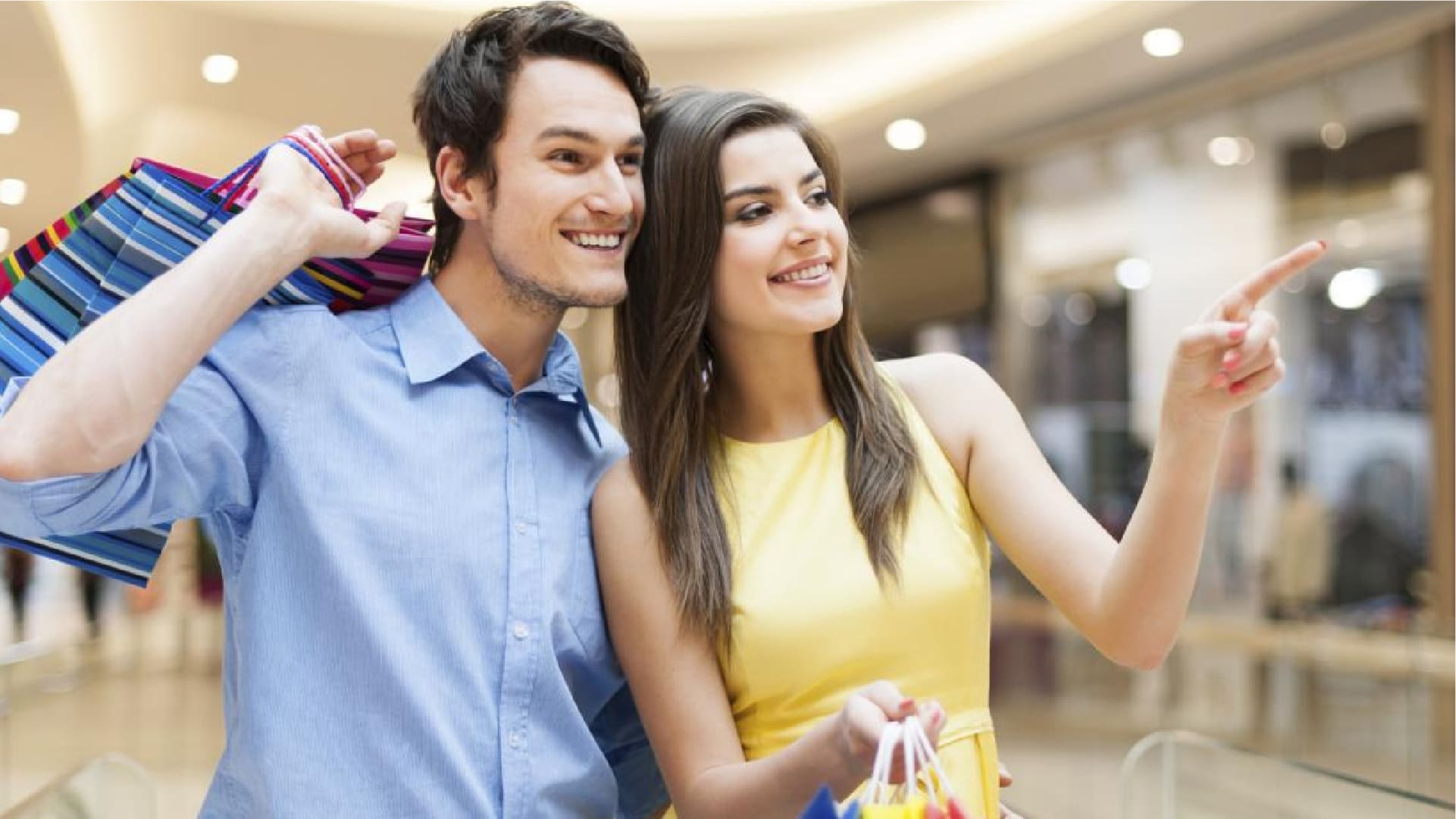How human creativity has transformed over centuries—and where it’s going next.
🖼️ Introduction: A Journey of Human Expression
From the moment early humans smeared pigment on cave walls, visual art has been our most powerful form of expression. It tells stories, captures emotions, preserves history, and now—thanks to technology—transcends physical form.
Today, we live in an age where a digital image stored on the blockchain can sell for millions. Yes, we’re talking about NFTs (Non-Fungible Tokens)—the modern art revolution that’s reshaping galleries and marketplaces alike.
But how did we get here?
This blog explores the incredible evolution of visual art—from ancient expressions to digital disruption—tracing how each era reflects the heart of its time. 🎭📱
⛰️ 1. Prehistoric Art: The Birth of Creativity
🗿 Art Before Civilization
The earliest known artworks—found in Chauvet Cave in France and Altamira Cave in Spain—date back more than 30,000 years. These cave paintings depicted:
-
🐃 Animals like bison and deer
-
👣 Human handprints
-
🌌 Symbols representing nature or spirit
These visuals weren’t just decoration—they were communication tools and spiritual symbols.
"Even in prehistory, humans used art to say, ‘I was here.’" – Art Historian Lisa West
🏛️ 2. Classical Art: Greece, Rome, and the Renaissance 🌟
🏛️ Ancient Civilizations
Egyptian hieroglyphics, Greek sculptures, and Roman mosaics brought structure, proportion, and beauty to art. Visual storytelling became essential for:
-
Religion (gods, myths)
-
Politics (emperors, leaders)
-
Culture (daily life, philosophy)
🖌️ Tools of the time: marble, fresco, bronze, papyrus.
🖼️ Renaissance Revival (1300s–1600s)
With artists like Leonardo da Vinci, Michelangelo, and Raphael, the Renaissance ignited a rebirth of classical art, driven by:
-
Realism
-
Perspective
-
Anatomy studies
-
Humanism
🌍 Art reflected human experience—science, love, war, and discovery.
📌 SEO Tip: Keywords like “Renaissance art,” “Da Vinci paintings,” and “Michelangelo sculpture” boost educational search engagement.
💥 3. Modern Art: Breaking the Rules 🎨
🎨 1800s–1900s: A Revolution of Style
Art evolved from realism to impressionism, cubism, and surrealism—pioneered by rebels like:
-
Van Gogh 🌻
-
Picasso 🎭
-
Salvador Dalí ⏳
-
Frida Kahlo 💄
Artists began to paint not what they saw—but what they felt.
🎯 Art became emotion on canvas.
📸 Photography’s Influence
The invention of photography pushed painters to explore abstraction and concept, since cameras now handled realism.
🌐 4. Digital Art: Creativity Meets Technology 💻
🧠 The Computer Era
With the rise of computers in the late 20th century, a new genre emerged: digital art. Artists used:
-
Photoshop & Illustrator
-
Tablets & styluses
-
3D modeling tools
Digital art allowed:
-
Unlimited revisions
-
Instant sharing online
-
Animation & motion graphics
🎥 Think Pixar, video games, and web design—all powered by visual artists.
📱 Art on Social Media
Instagram, Pinterest, and TikTok turned every smartphone user into a visual curator. 🎯 Artists now reach global audiences overnight.
📌 SEO Keywords: “digital art tools,” “Instagram artists,” “how to become a digital artist”
🚀 5. NFT Art: The Future of Ownership and Expression
💸 What Is an NFT?
An NFT (Non-Fungible Token) is a unique digital item stored on the blockchain. In art, this means:
-
One-of-a-kind artworks
-
Transparent ownership history
-
Digital scarcity (like owning an original painting)
🎨 Platforms like OpenSea, Rarible, and Foundation have become digital galleries where collectors buy and sell NFTs.
💰 Multi-Million Dollar NFT Art Sales
Famous NFT moments:
-
“Everydays: The First 5000 Days” by Beeple sold for $69M
-
Pak’s “Merge” earned $91.8M
-
Artists in Africa and Asia are now reaching collectors without agents or borders
🌐 NFTs democratize art, giving every creator a shot at global fame.
🔐 EEAT and Digital Art: Building Trust in a Virtual World
As digital art rises, so does the need for credibility and security. Here's how EEAT (Experience, Expertise, Authoritativeness, Trustworthiness) plays a role:
✅ Experience
Artists share portfolios, past work, and live processes via streaming or behind-the-scenes.
✅ Expertise
Collaborations with tech companies, animation studios, or AI platforms build authority.
✅ Authoritativeness
Verified profiles, artist bios, and platform endorsement badges increase legitimacy.
✅ Trustworthiness
Blockchain ensures ownership, originality, and transparent transactions.
📌 Search engines and buyers alike look for verified, trustworthy art sources.
🌎 The Global Impact of Visual Art
Art shapes how we think, feel, and act. In 2025:
-
🧒 Schools use digital art for education and therapy
-
👩💻 Corporations use creative storytelling in branding
-
🌱 Activists use visual protest art to inspire change
-
🎮 Game and film industries hire digital artists for worldbuilding
Art is no longer just for museums—it’s in your feed, VR headset, and digital wallet.
🎯 How to Get Involved
Want to dive deeper into the art world?
For Creators:
-
Learn tools like Procreate, Blender, or Adobe Suite
-
Build a portfolio website
-
Join Behance, Dribbble, or NFT platforms
-
Study artists you admire and reverse-engineer their styles
For Collectors:
-
Explore NFT galleries on OpenSea or Foundation
-
Follow trending hashtags like #CryptoArt #DigitalArtists
-
Use platforms with buyer protection
-
Look for creators with clear ownership records and artist statements
💬 Final Thoughts: Art Will Always Evolve
From ancient caves to metaverse canvases, art has always reflected who we are—and where we’re going. In every era, visual art has been a mirror, a voice, and a revolution.
As technology reshapes creativity, one thing stays the same:
🎨 Art is still the most human thing we do.








Leave a Comment